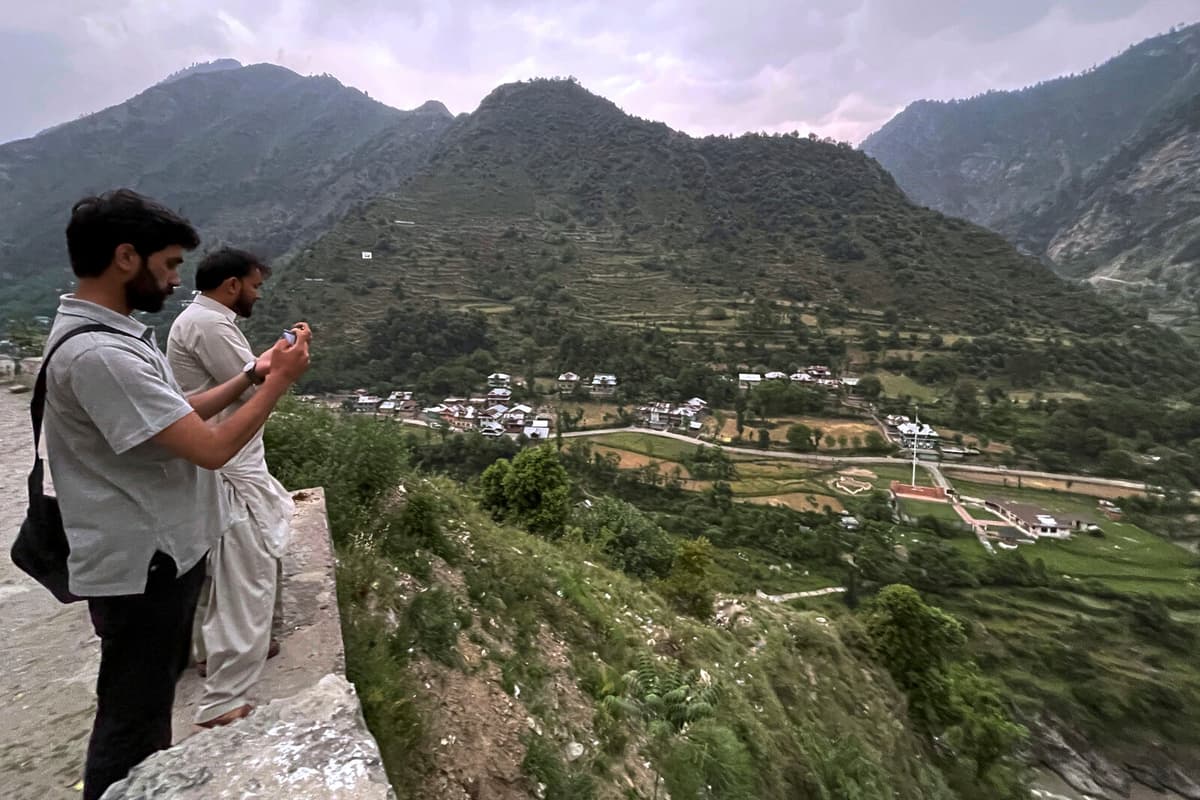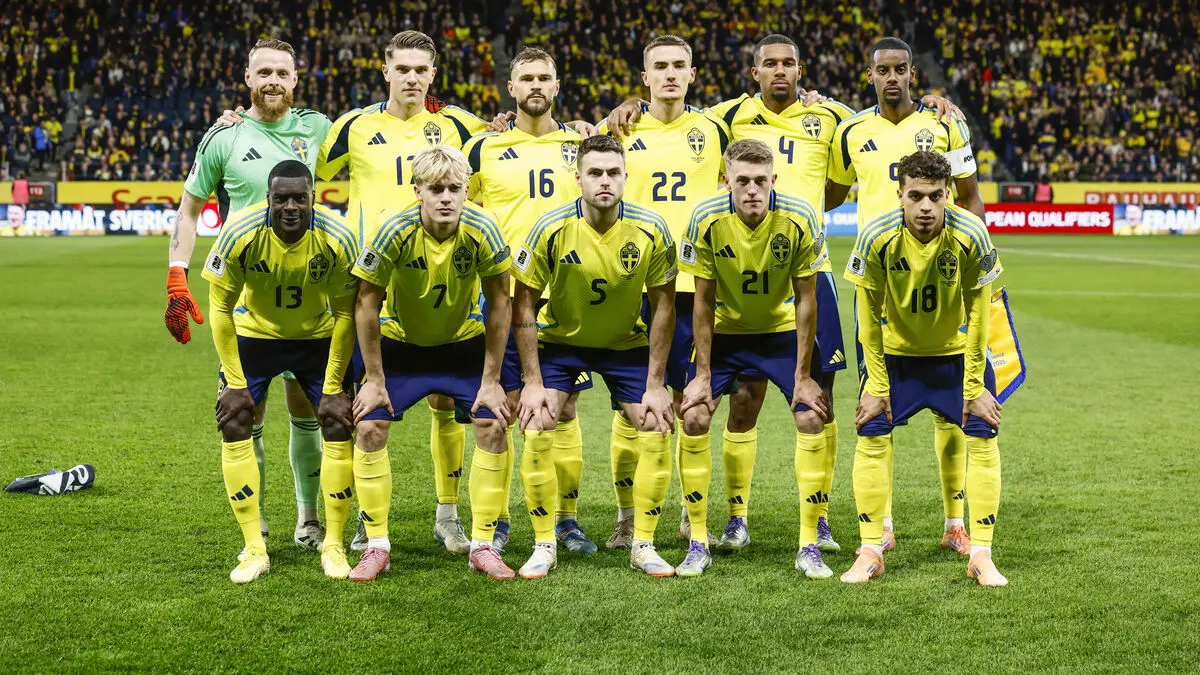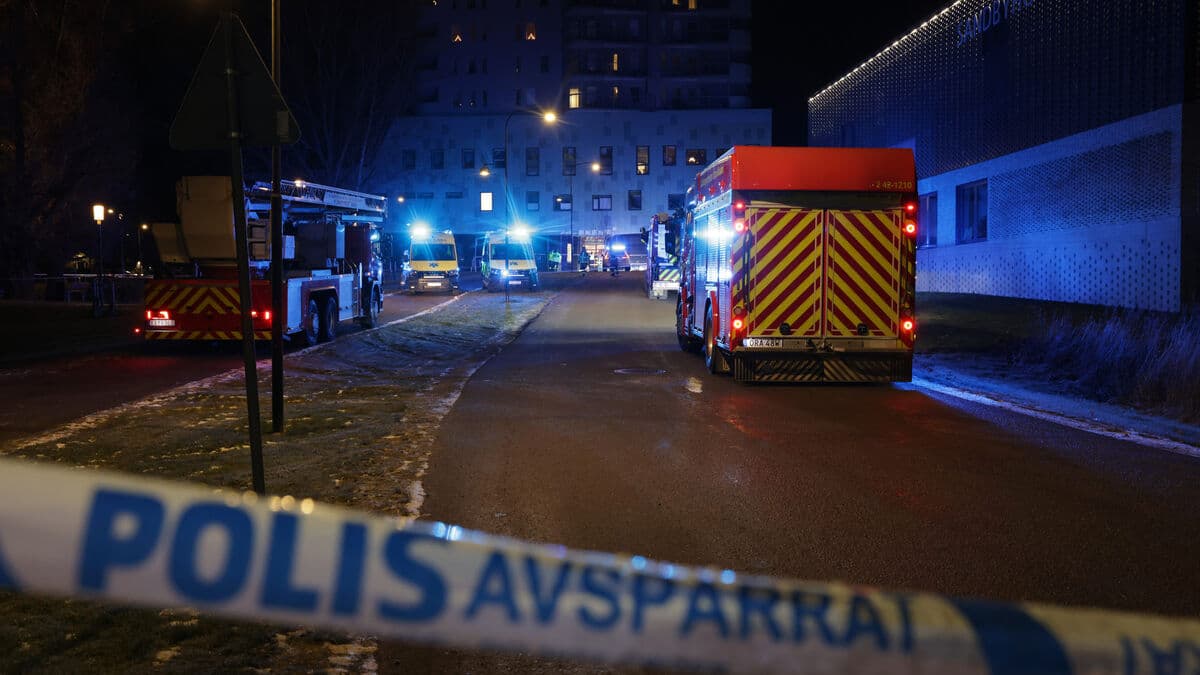The tense situation was escalated on Monday, when Pakistan for the second time in a few days test-fired a missile with a range of twelve miles.
From India, according to the Spanish news agency EFE, came reports that the country had shut off the water supply in the Chenab River, which flows into Pakistan. This despite the fact that Pakistan has repeatedly warned that the country would view such a move as an act of war.
António Guterres told journalists in New York that the conflict is more tense than in several years.
It is absolutely necessary that (the countries) refrain from a military confrontation that can easily get out of control. It is time for maximum restraint and to take a step back from the abyss, he says.
The UN Security Council will discuss the situation on Monday, at Pakistan's request.
The tensions between Pakistan and India have increased significantly over the past few weeks, following a massacre in the Indian-controlled part of the long-disputed Kashmir region. India accuses Pakistan of having supported the perpetrators, which is denied by the country.
A naturally beautiful region in the western end of the Himalayan mountain range, approximately one-third the size of Sweden. Under British colonial rule, the area a princely state.
At independence in 1947, the ruler, the maharaja, was faced with the choice of whether to belong to Pakistan or India. Unrest broke out, both countries deployed military forces, and war broke out. The war ended in a stalemate, and a so-called line of control between Kashmir's northern parts, controlled by Pakistan, and the southern parts taken by India.
Despite two more wars since then, this line remains the provisional border to this day.
The Indian-controlled part had long had relatively far-reaching autonomy. But it was withdrawn in 2019. Parts of the Pakistani side are called Azad Kashmir ("Free Kashmir") and have relatively great self-determination within Pakistan.
China is also involved, and holds the inhospitable northeastern parts of Kashmir.





